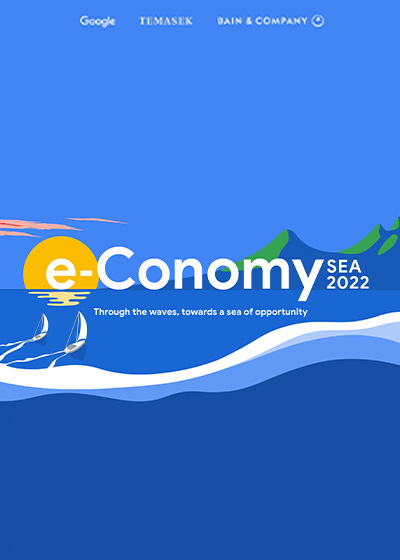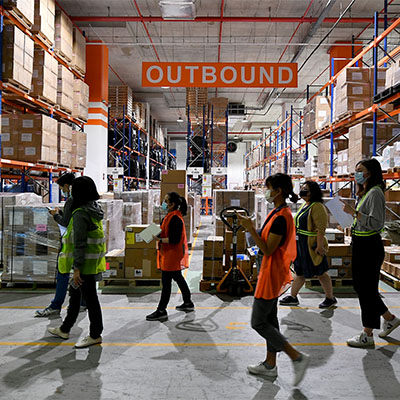The e-commerce giants of Southeast Asia, which take leaves out of China’s book, have largely been mired in stiff competition and weak earnings. But we think their woes are just the growing pains of a young market preparing for long-term growth.
Shopee, the biggest online retail platform in Southeast Asia, looks Chinese in every detail: lots of red, mini games for earning points, and big promotions on the November 11 ‘Singles’ Day’, as well as the other Chinese shopping festivals that have been created in recent years.
Similarly, Lazada, the region’s second-biggest e-commerce website, bears all the marks of Tmall, China’s most popular online marketplace, as Chinese tech giant Alibaba controls them both.
Despite their Chinese similarities, these ASEAN firms have been struggling to replicate the profit margins of China’s e-commerce giants, which have become largely profitable.
Shopee has strategically switched between a top and bottom-line focus, swinging back to losses after a brief period of profitability, although losses narrowed in the fourth quarter of 2023.
Lazada, too, has been making losses, despite receiving sizeable capital injections from Alibaba in the last few years. Also bleeding cash are TikTok Shop and Jakarta-based Tokopedia, the region’s third and fourth-biggest players respectively.










